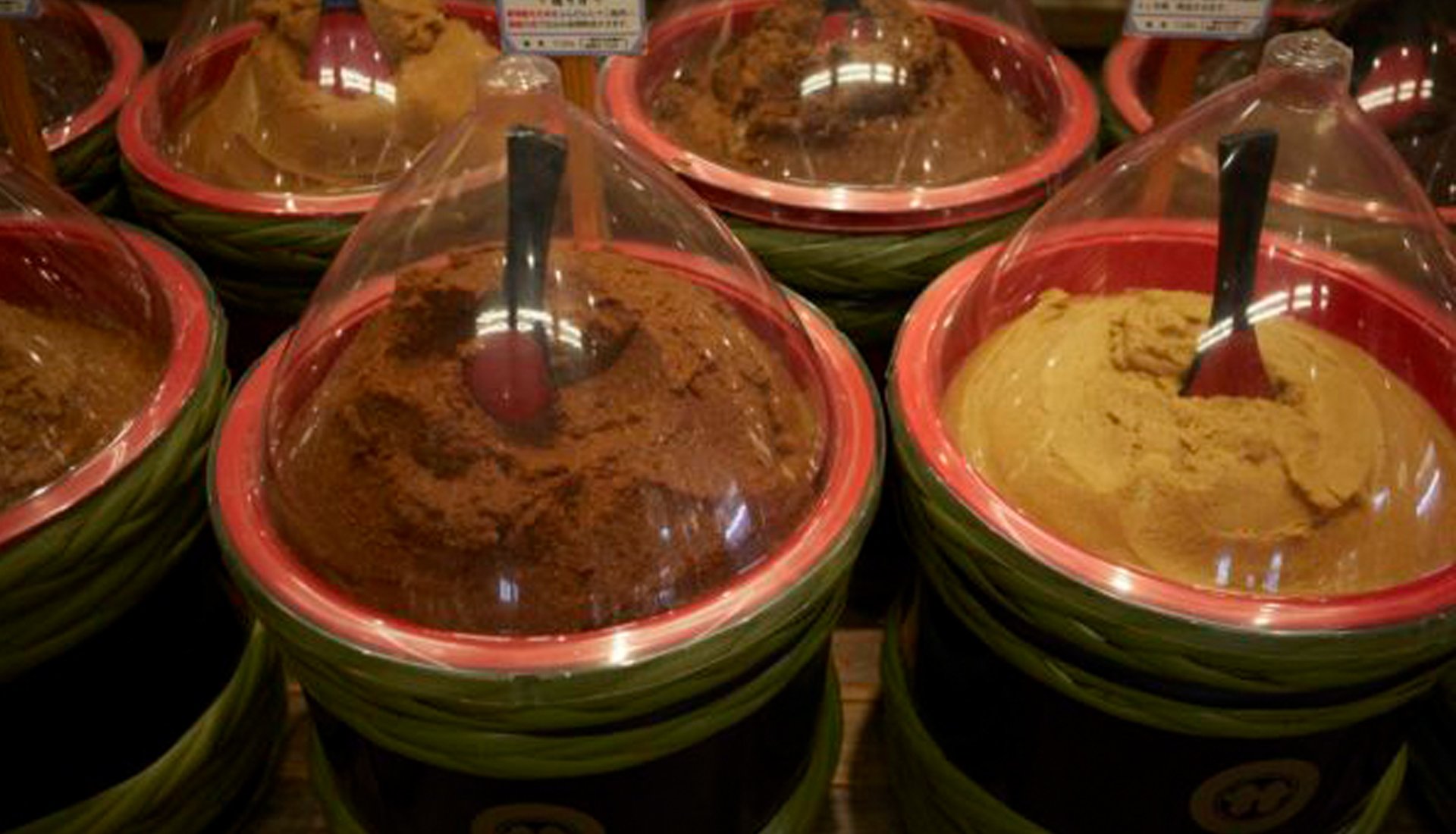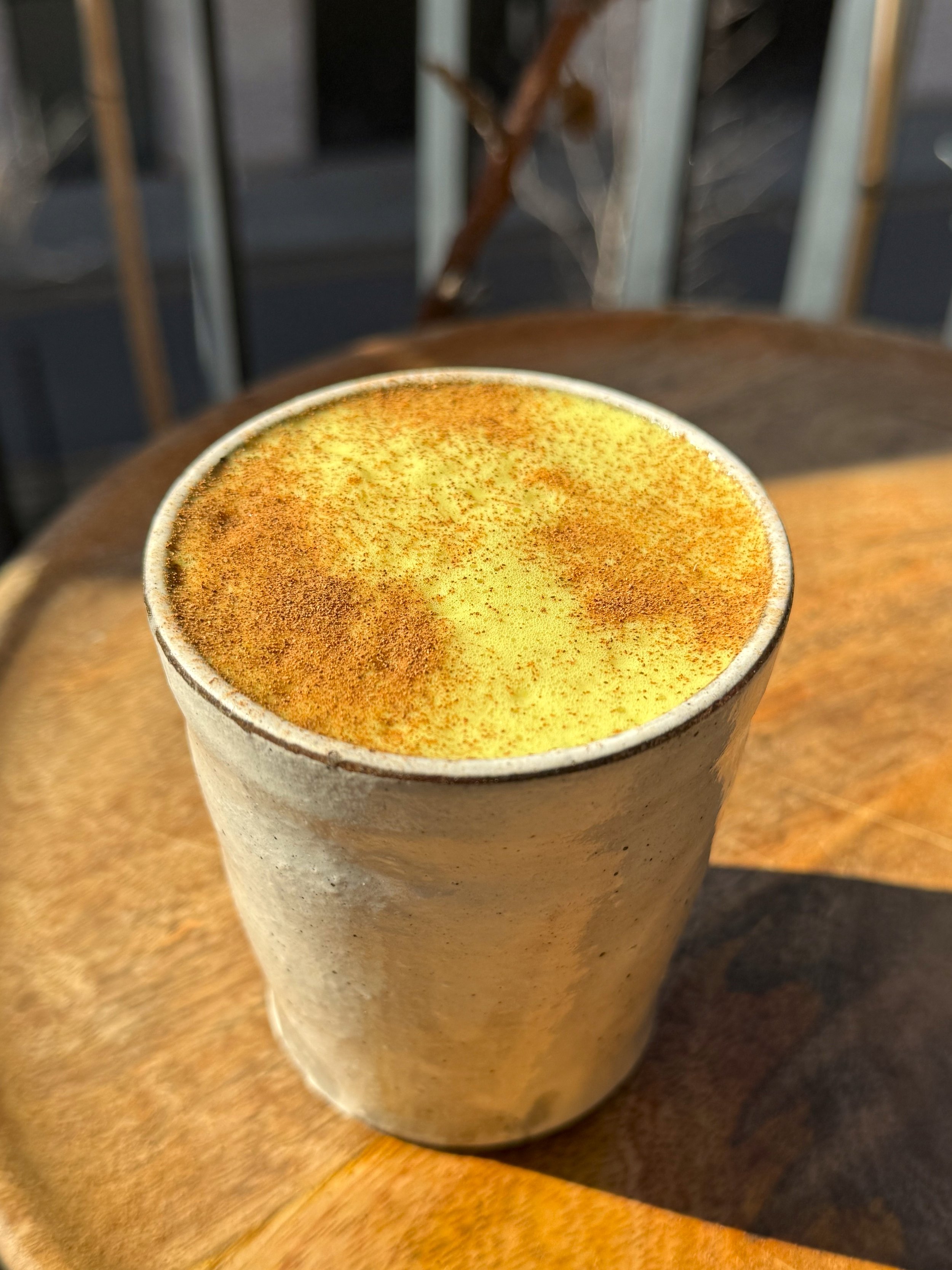10 interesting facts about miso
We think that miso is like an ancient superfood that is under appreciated in the West, so here are 10 interesting facts about Miso, to build up your miso appetite!
Miso itself is a traditional Japanese seasoning, made by fermenting rice and/or barley with soybeans, salt and a fungus called Kojikin. The result is a thick paste used for sauces and spreads, and pickling veggies or meats.
The basis of all miso soups is miso paste, that is added to stock and vegetables. When miso paste is added to soup stock and light vegetables, it makes miso soup.
White Shiro Miso is the sweetest, it is yellow in colour and usually takes about a week to make. It is fermented soybeans with rice, salt and water. Tastes sweet with a salty aftertaste. Originally from Northern Japan where there are lots of rice fields.
Red Aka Miso usually takes up to one year to make. It is soybeans fermented with wheat or barley, salt and water. This creates a deeper red-brown colour. Earthy salty taste with a sweet aftertaste. If you have had a miso soup in a restaurant, then you were most likely served this one.
Black Hatcho miso is the rarest and the most premium miso. It takes a whopping 3 years to make where the soybeans are fermented with salt and water only. It is a thick, dense paste that tastes salty like soy sauce, but actually contains the least salt compared to the other misos.
Miso soup is a light, healthy snack that completes a meal, rather than being a meal in itself. A staple in the Japanese diet for centuries, it can be paired with all meals. A portion of miso soup should be the size of a small rice bowl. Instant miso soups, such as Miso Tasty, are very convenient and have a shelf life of around three to twelve months.
Miso soup is really good for you. It offers essential oils, minerals, vitamins and protein of the highest quality, containing all of the essential amino acids. There is also evidence pointing to fatigue relief, cholesterol reduction, improved digestion, anti-aging and cancer risk reduction.
For greater benefit, miso should be eaten in small amounts on a regular basis. A few teaspoons a day is sufficient, although I am known to drink more than that! Never boil miso paste or cook on high heat. Each spoonful contains millions of active microorganisms which are beneficial to digestion, and are destroyed upon cooking.
Miso soup takes about 5-10 minutes to make on the stove. Cook up some stock (a vegetable or fish stock is best) about 250ml per person, add your vegetables and cook them until tender. Turn off the heat. Add about 15g of miso paste per person which is about one loaded teaspoon. The paste can be a combination of any of the miso pastes – half and half – and stir into the stock until dissolved. Then devour!
Miso has become very popular in the media – it features on cookery shows and books regularly. Miso has been made most famous by the Miso Cod dish at the celebrity restaurant, Nobu.







Fourteen years ago, miso was a little-known ingredient in the UK. Today, it’s a kitchen essential.
From our debut in Selfridges in 2011 to becoming the first miso brand on UK supermarket shelves, we’ve been on a mission to make miso mainstream. And we’re just getting started.
This year, we’re incredibly proud to achieve B Corp certification, joining a global movement that uses business as a force for good—for people and the planet.
And what better way to celebrate than with a giant miso caramel cake?!
This miso caramel cake is an indulgent fusion of sweet and umami, with rich caramel flavours balanced by the deep, savoury notes of miso. Perfect for a celebration, it’s a delicious way to mark a milestone.